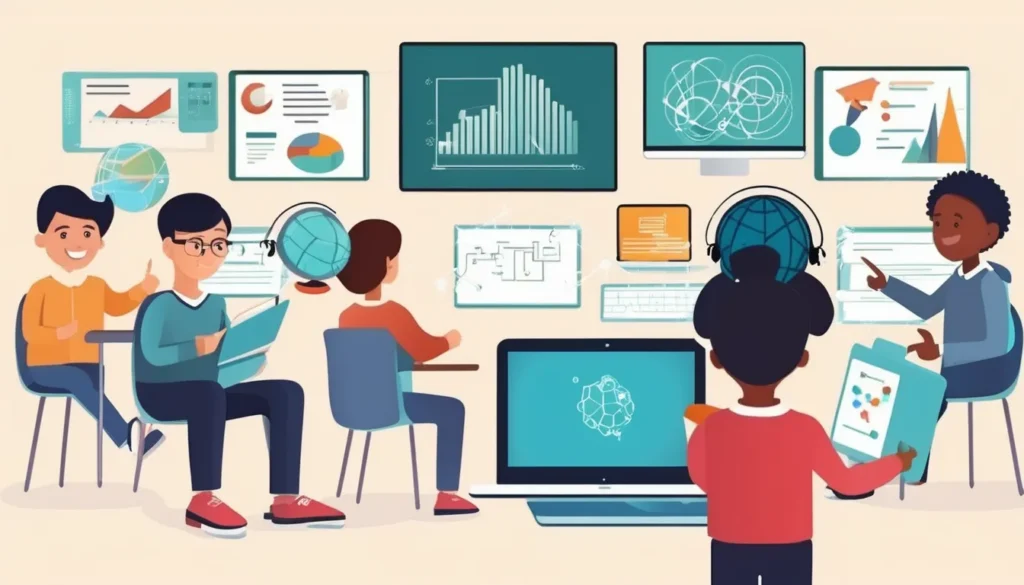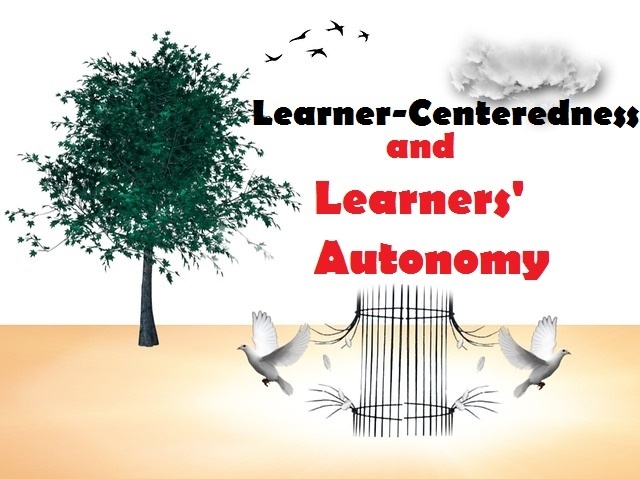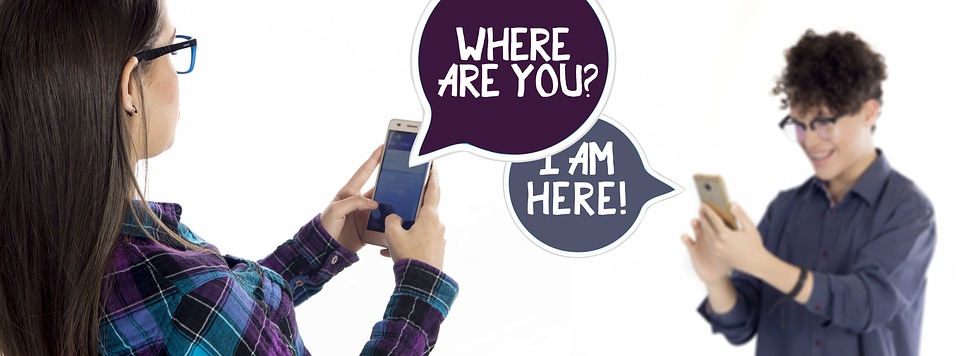If incorporating more technology into your classroom is one of your goals for the new year, this is for you!
If you’re passionate about technology, you’re likely always exploring new tools and ways to integrate them. Even if you’re not a tech expert, there are plenty of educational tech options that can help enhance your teaching.
Note: Some of the links in this post are affiliate links, meaning if you make a purchase, I earn a commission at no additional cost to you. As an Amazon Associate, I earn from qualifying purchases.
3 Types of Educational Technology to Implement
You may have heard concerns about educational technology—excessive screen time, plagiarism or cheating with online resources, or students relying too heavily on AI instead of learning to write or think. But with the right approach, technology in education offers significant benefits. There are many types of ed-tech tools that, when used effectively, can truly enhance learning.
1. Google Classroom
Google describes Google Classroom as “mission control for your classroom.” You can use it to distribute materials like videos, PDFs, worksheets, and readings. Many teachers use it to assign homework, communicate with students, and even differentiate instruction. Google Classroom also offers tools for assessments.
2. Artificial Intelligence (AI)
AI, including ChatGPT, has gained significant attention. Whether you’re excited about it or apprehensive, it’s essential to discuss AI with your students. Explain what is and isn’t acceptable when using AI—for example, using it for brainstorming is fine, but using it to write entire papers isn’t. You can also leverage AI in your own work, like creating lesson plans or generating examples for your students.
3. Educational Games and Gamification
Kahoot! is a popular tool for bringing educational games into the classroom. You can create multiple-choice quizzes on any topic for engaging lessons or quick check-ins. Blooket is another option, offering a range of game formats for reviewing material. While gamification doesn’t have to involve technology, integrating tech-based and analog activities can keep students engaged.
How to Use Educational Technology to Transform Your Teaching
Here are a few success stories of using educational technology effectively:
- Educator Stacey Roshan used tech to flip the script on classroom interaction. By creating video lessons for students to watch at home, she freed up class time for deeper discussions and questions, building stronger connections with her students. Want to know more? Check out her book, Tech with Heart: Leveraging Technology to Empower Student Voice, Ease Anxiety, & Create Compassionate Classrooms.
- You can also modernize existing practices with tech. For example, peer teaching isn’t new, but incorporating technology can boost engagement. Teacher Kristin Weller uses the ShowMe app to create lessons for students to watch when she can’t be there to help. She also has confident students create podcasts to teach peers who need more practice. The best part? She does this with just one iPad.
- Backchannel conversations allow students to share their thoughts without interrupting a speaker. It helps shy students participate and keeps everyone more engaged during presentations. Curriculum and tech integration specialist Terri Eichholz found that backchannel chat options made presentations more interactive.
Remember, integrating technology into your teaching doesn’t have to be all or nothing. Blended learning—combining ed-tech with traditional teaching—offers the best of both worlds.







